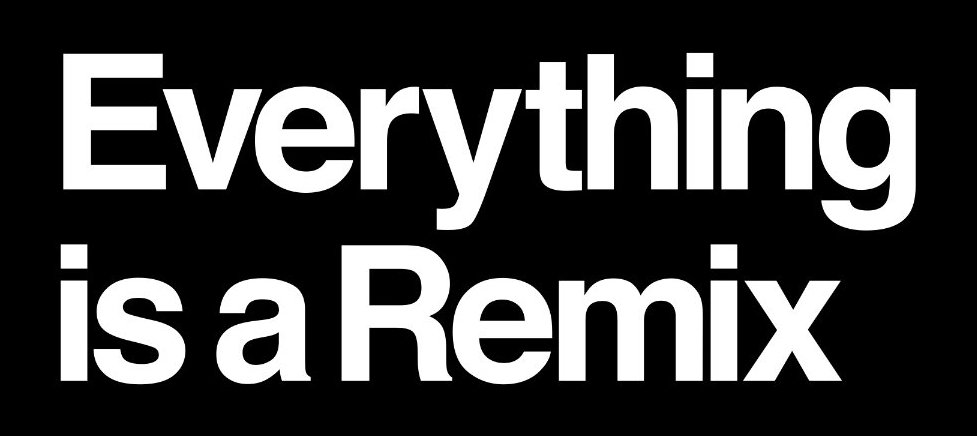ONCE UPON A TIME IN HOLLYWOOD IS FAN FICTION
Quentin Tarantino is well known for mashing up different movies into his own. The peak of this method was Kill Bill, which is loaded with bits taken from other films.
Since then Tarantino seems to have changed. There hasn't been nearly so much obvious copying in his movies.
But actually: he's still doing the same thing, he's just copying in a different way. It happens less in the visuals and more in the writing. And the sources he copies from are less often movies and more often reality.
"Once Upon a Time in Hollywood" of course features some real people, like Sharon Tate and Charles Manson and Bruce Lee. But almost all the characters, aside from these guys, are based on real people, many of the scenarios are real and its entire world is modeled on reality. The movie might seem like a fictional film that features some historical characters but it's much more like historical fan fiction. Much like amateur writers create fiction based on Harry Potter or The Hunger Games or Tangled, Once Upon a Time in Hollywood creates a new story using existing characters and situations – and these characters also happen to be real people.
The movie roughly splits up into two storytelling worlds: the Hollywood actor world of Rick Dalton and the Manson murders world of Cliff Booth, both of whom are fictional. The world of Sharon Tate overlaps both these worlds. She was a Hollywood actress and she was one of the real victims of the Manson murders.
The Rick Dalton world is inspired by the television and movies of the sixties. Dalton's fictional show... is based on the real show Wanted Dead or Alive.
Dalton also is also cut into real shows, which play out edit for edit.
There's even an imaginary scene where he stars in the real movie The Great Escape.
There's also lots of fictional depictions of real Hollywood figures.
And the young actor Julia Butters was inspired by Jodie Foster, who appeared on real western TV shows like Gunsmoke.
The Cliff Booth world focuses on a clash with the Manson family, a small cult of misfits, criminals and psychopaths led by Charles Manson.
The controversial Bruce Lee scene is extremely loosely based on a story about Lee actually hitting stuntmen to make scenes look good, then the grappling fighter Gene LaBell taught Lee a lesson by manhandling him. But what actually happened seems much more like a prank and this scene is total fiction.
Otherwise, the world that Booth navigates on his own is mostly real. The Manson family is depicted accurately. They sang songs written by Manson. They dumpster-dived for food. They used sex to lure in recruits. And they squatted at Spahn Ranch, a dilapidated western set, where they did actual trail rides.
And most of the people depicted here are real, except for the most prominent character, Pussycat, who is maybe loosely based on a real person but is essentially fiction.
The group who go to Sharon Tate's house are real. (Tex Watson, Susan Atkins, Patricia Krenwinkel, Linda Kasabian) Linda Kasabian didn't actually abandon the group right then but she did later and ultimately was the major witness against them at trial.
And the night of the murders is presented with a lot of accurate detail. The timeline and events are right. This is the restaurant where Tate and her friends ate their final dinner. This is the sheet music that was on the piano. And plenty of what the Manson family characters say is real or paraphrased.
Basically, the night unfolds realistically – until the murderers show up at Brad Pitt's house.
The world of Sharon Tate is a bridge between the Rick Dalton and Cliff Booth worlds. She was an actress in Hollywood and she was the most famous victim in the Manson murders. But unlike both of them, she is a real person, and what is depicted of her is broadly speaking true.
A lot of real celebrity cameos happen in the Sharon Tate narrative because she knew these people, like Cass Elliott and Michelle Phillips of the group The Mamas and Papas, whose music was on the piano. Bruce Lee was also a friend.
The scene where Tate talks her way into a screening of a movie she's in is actually based on something that Tarantino did. But it's a real Sharon Tate film playing and that's actually her in it.
"Once Upon a Time in Hollywood" was conceived of as a fairytale. It's wish fulfillment. It takes a dark, frightening and just crushingly sad reality and gives it a happy ending with brutal retribution. What actually happened to these people was unspeakably bleak. But in "Once Upon a Time in Hollywood," the bad guys get what they deserve and justice is restored.










